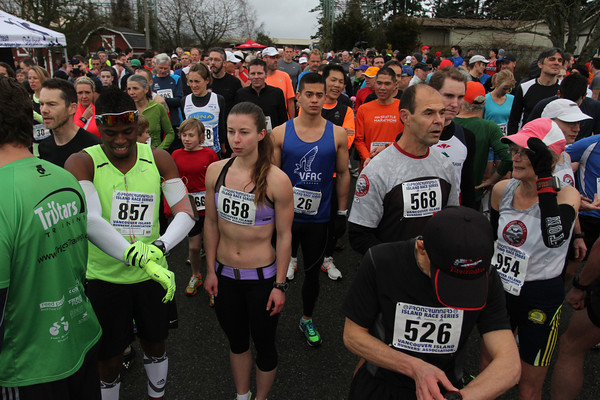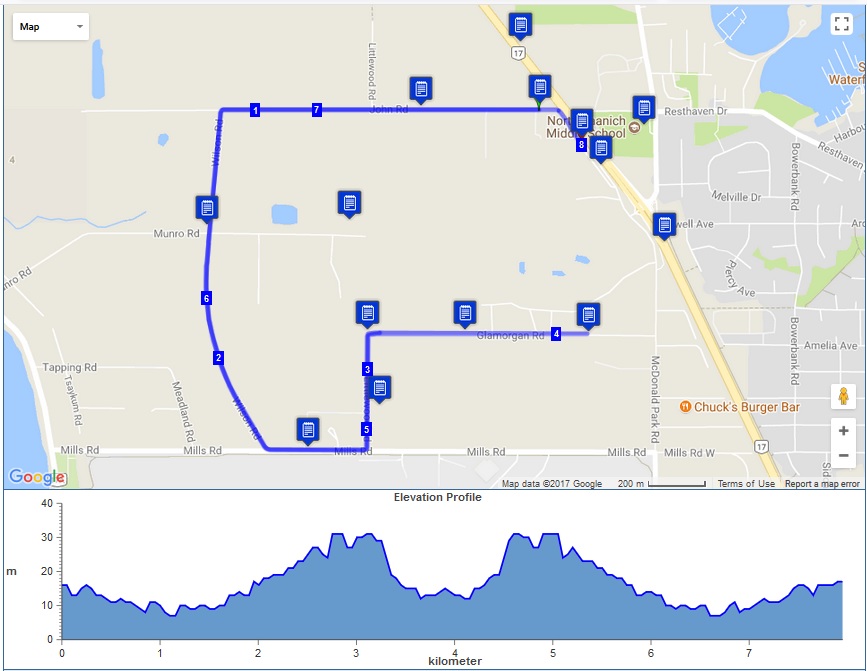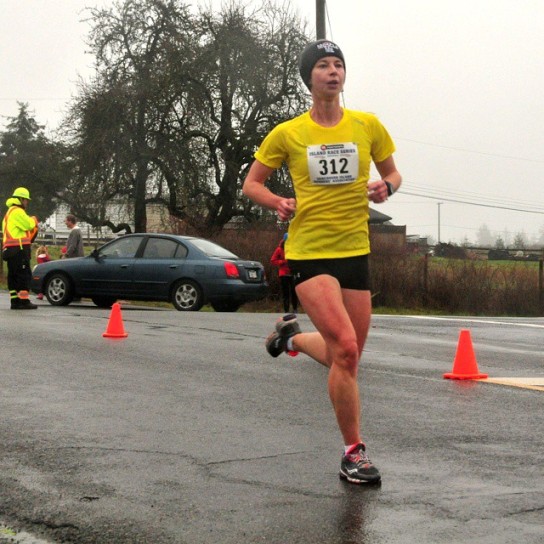Blink and it’s here! It seems like only yesterday I was running the first race of the VIRA Island Race Series in 2018-the Harriers Pioneer 8k. Now that it’s 2019, it’s time for us all to get back at it again.

What’s even crazier to think about is that this year is the 40th Annual Harriers Pioneer 8k!
40th!!!
There definitely has to be a reason why this race has stood the test of time for over four decades. When I think about it, this race was established over a decade before I was born. Since then, it has grown significantly.
It now attracts Olympians, elite runners, passionate running fanatics (like myself), recreational runners and the weekend warriors.
I put myself in the “passionate running fanatics” category because I’m not quite fast enough to be called elite, I run too much during the week to be called a weekend warrior and I talk about running all the time…hahaha.
The VIRA Island Race Series has always been one of the best things about the winter time because it motivates me to keep moving even on the cold, dark, rainy and windy days.
Last year, the course got changed a bit compared to the previous years and I ran on the new course for the first time. Tomorrow, I’m thrilled to be doing that again. I love the atmosphere at these events (and the post-race food) and I enjoy connecting with runners of all levels.
So, yes, if you see me tomorrow, please say “Hi!!”.
Now that I’ve done the course once, I feel more comfortable sharing the preview and some tips on how to run it so you cross the finish line feeling awesome and excited for the next VIRA Island Race Series event.
If you don’t remember the new course or haven’t done it, take a look at the map and elevation profile below (click on the image to make it larger)

As we can see, there is not a significant gain or loss in elevation over the entire course. The highest elevation is approximately 30m and the lowest is just under 10m.
With a total elevation change of approximately 20m over the entire course, I’d consider it to be relatively fast and flat (although I don’t plan to go too fast)

How should a first timer run this course?
The first km looks like a gentle downhill, which means that it’s very easy to start too fast. You may want to start a few seconds per km slower than your desired goal race pace so you don’t burn yourself out in the first km.
Between km 1 and 3, there is a very gentle incline, so, again, it is still best to maintain a conservative pace. If you didn’t run the first km too fast, you shouldn’t really notice the incline. If you run the first km too fast, you will feel the incline (even though it’s barely there). Believe me….I would know! HAHA
The gentle downhill will feel fantastic after the 3k mark. However, you should still hold off on picking up your pace until after the turnaround point.
The reason is that despite speeding up, you will be forced to slow down a bit as you approach the turnaround. I find it hard to make a sharp turn quickly. A lot of energy gets wasted if you need to put on the brakes only to try to accelerate again.
Therefore, you are better off conserving your energy until after you’ve made the sharp turn.
Once you get past the turnaround point, you will encounter a small incline. Maintain a conservative pace between km 4 and 5, but don’t be afraid to start speeding up if you have the energy for it.
Once you pass the 5k mark, there should be no noticeable elevation changes. If you didn’t burn yourself out on the first 5k, you should be able to pick up your pace and finish with a negative split. After the 5k mark, you will encounter a gentle downhill which should help you speed up.
Once you get to the 6km mark, don’t be afraid to challenge yourself and see if you can run the last 2km faster. According to the elevation profile, there is a slight incline towards the finish, but I didn’t notice it last year.
As we can see, this course is not too “turny”, which is good because you can maintain a more even pace throughout.
Summing it up
Take advantage of the longer, straighter and flatter parts of the course. The small changes in elevation should be hardly noticeable if you don’t start too fast. I have to keep telling myself that!
Keep a conservative pace until you reach the turnaround point.
Enjoy the beautiful views of the countryside and breathe some fresh air.
Last but not least, use this race as an opportunity to connect with like-minded people.
As for me, I don’t have a time goal for tomorrow. I’m happy to be out running and using the Island Series as an opportunity to test where I’m at and chat with some really cool and awesome people.
If you haven’t yet registered, you can still do it tomorrow (bring cash) but make sure you show up a bit earlier if you want to run.